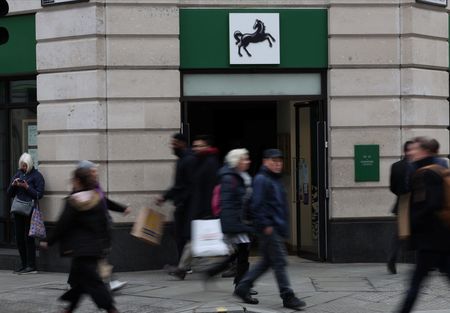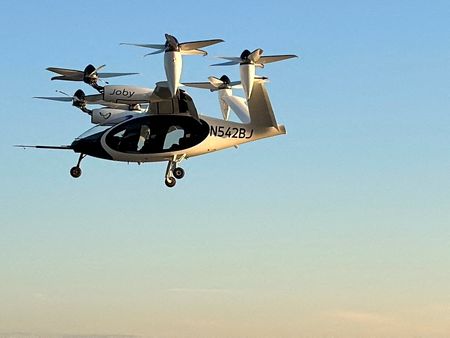By Philip Blenkinsop
BRUSSELS (Reuters) -The European Union should ease its CO2 reduction targets for cars, vans and trucks, with longer compliance periods and a greater role for hybrid vehicles and alternative fuels, the bloc’s auto association said on Wednesday.
The European Automobile Manufacturers’ Association (ACEA) presented proposals to the European Commission, which is due to review its targets by the end of the year, taking into account the squeeze on the sector from U.S. tariffs and Chinese supremacy in electric vehicles.
ACEA’s premise is that cutting new car and van CO2 emissions by 100% by 2035 with intermediate 2030 targets is no longer feasible, with automakers facing fines for factors beyond their control, such as insufficient charging stations or low demand.
EVs have a market share of around 15.8% of new EU cars, with vans at 8.5% and trucks at 3.6%.
For cars, ACEA proposes that compliance with 2030 targets should be based on the average for the five-year period 2028-2032, that small EVs should be given a super credit towards meeting targets and that plug-in hybrids and range-extenders play a greater role.
It also wants vehicles using carbon-neutral fuels to be put on a par with EVs and incentives for decarbonisation initiatives, such as using green steel.
For vans, it recommends meeting 2025 CO2 emission targets over the period 2025-2029 and modifying the 50% reduction target for 2030. For trucks, ACEA wants a review earlier than the planned 2027 and urgent action to prevent manufacturers from being fined for missing current targets.
Transport and environment campaign group T&E said ACEA’s proposals would create loopholes, meaning carmakers would only have to achieve a 52% EV market share in 2035.
ACEA said this was a very premature assessment and that the clear majority of vehicles sold would be electric. Allowing flexibility would not slow down the transformation, it said, but would ensure the bloc’s economic security.
(Reporting by Philip BlenkinsopEditing by Alexandra Hudson)











